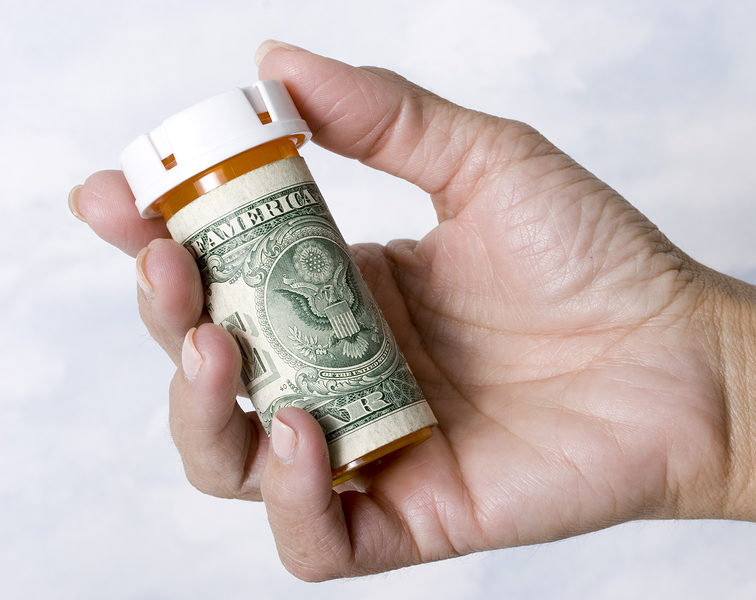Teva Pharmaceuticals recently launched a generic version of the diabetes drug Victoza. The news didn’t make the front pages — but it should have.
It’s the first generic version of a GLP-1 drug, the class of medicines revolutionizing the treatment of diabetes and obesity, available in the United States. These sorts of medications, including Ozempic and Wegovy, offer hope to millions. Patients once resigned to a lifelong struggle with obesity are now achieving results previously thought impossible without surgery, while people with diabetes are managing to control their condition without the need for insulin.
Beyond aesthetics, these medications have shown promise in reducing the risk of heart disease and other obesity-related complications, potentially saving countless lives and hundreds of billions in healthcare costs.
Given these benefits, it’s no surprise that demand has skyrocketed. And here’s where critics jump in: the high prices of these brand-name medications limit accessibility, they say. Often, they urge the government to intervene, either by weakening patent protections to speed up the arrival of cheaper generics or introducing price controls.
That’s why Teva’s announcement is important. It’s a reminder that these high prices won’t last forever, since cheap generics are already starting to reach patients. Half-baked attempts to intervene in the drug market will only backfire, leading to less innovation, higher healthcare spending, and worse health outcomes in the long run.
The patents on Victoza and other first-generation GLP-1 drugs have either expired or will do so imminently. And the patents on second-generation GLP-1s like Ozempic and Wegovy will expire within seven years.
As patents expire and generics come on the market, competition drives down prices and increases access. It’s the invisible hand of the market at work, delivering what patients and policymakers should want: a steady flow of cutting-edge medicines that become more affordable over time.
Without patent protections, there’d be no innovative new drugs available at any price — and no cheap generics down the road.
Patents grant inventors a limited period of market exclusivity to sell their products. That gives companies a chance to recover billions in R&D costs and earn a return.
Champions of socialized medicine fail to understand this dynamic. Sen. Bernie Sanders insisted in Senate hearings on the pricing of GLP-1 drugs that pharmaceutical companies engage in “patent abuse” to maintain high prices. Yet, without the promise of profitability protected by patents, it’s doubtful this entire class of life-changing drugs would exist at all. About 90 percent of drugs sold in the United States are generics; few of them would ever have been created at all if the original brand-name versions couldn’t be priced high enough to generate a return.
The irony is that by pushing for weaker patents and price controls, Sanders would achieve the opposite of his stated goals. Rather than expanding access to affordable medications, he would create artificial scarcity. The robust competition bringing us generic alternatives to Victoza — and soon, other GLP-1S — would wither, leaving patients with fewer choices and ultimately higher costs.
The entry of Teva’s generic liraglutide — with Hikma Pharmaceuticals also working on a version — proves that our system of market-driven innovation works. It’s a real-world rebuke to those claiming only government intervention can make drugs affordable.

